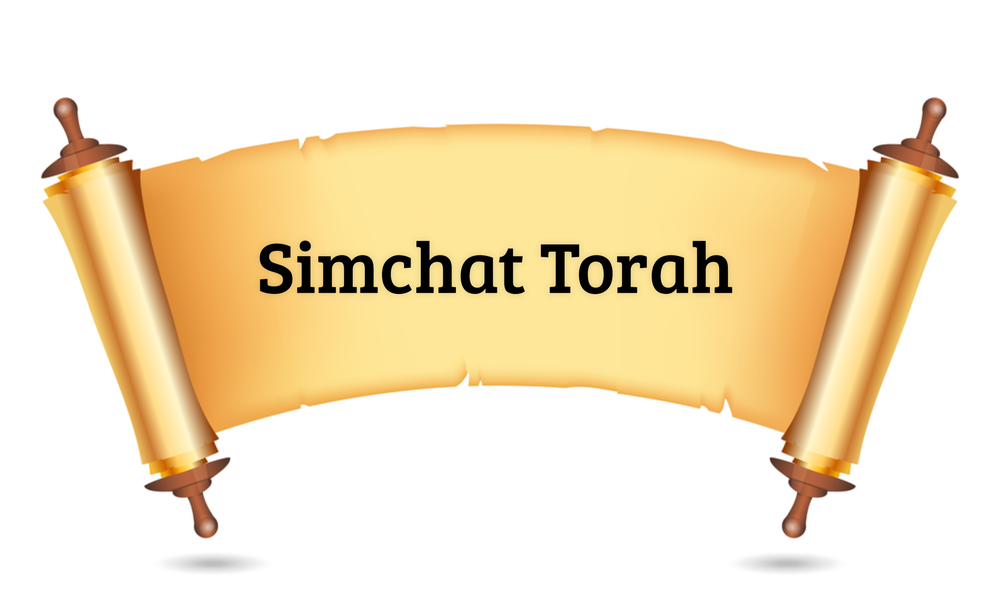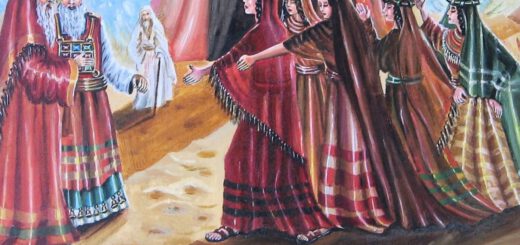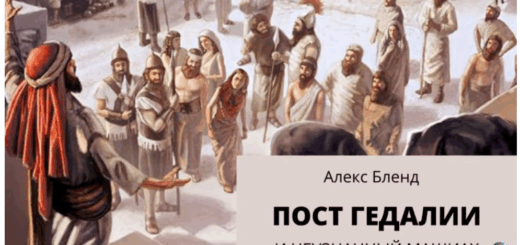Simchat Torah

This short article has been created with the help of AI instruments and reviewed by an editor.
Simchat Torah is a Jewish holiday that celebrates the conclusion of the annual cycle of Torah readings and the beginning of a new cycle. Here are the key aspects of this festive occasion:
Timing
- When: Simchat Torah is observed on the 23rd of Tishrei in the Jewish calendar, immediately following the week-long holiday of Sukkot.
Significance
- Completion of the Torah: The holiday marks the end of the reading of the Torah, with the last portion (V’Zot HaBerachah) read during the morning service.
- Beginning of a New Cycle: After the last portion, the first portion (Bereshit) is then read, symbolizing the continuous cycle of learning and engagement with the Torah.
Traditions
- Celebrations: The holiday is marked by joyous celebrations, including singing, dancing, and processions with Torah scrolls in synagogues.
- Hakafot: During Hakafot, congregants hold the Torah scrolls and march around the synagogue, often dancing and singing.
- Aliyah: Special honors (called aliyot) are given to members of the community, allowing them to recite blessings over the Torah readings.
Themes
- Joy and Celebration: Simchat Torah translates to “Rejoicing in the Torah,” highlighting the joy of Torah study and appreciation.
- Community: It brings communities together in celebration, reinforcing bonds among congregants through collective worship and festivities.
Family and Festivity
- Families often celebrate with meals, sharing festive foods, and engaging in activities that honor Jewish tradition and culture.
The history of Simchat Torah is deeply rooted in the Jewish tradition and has evolved over centuries:
Origins
- Ancient Practices: The origins of Simchat Torah can be traced back to the early days of Judaism, where the reading of the Torah was a central component of Jewish worship. The annual cycle of reading the Torah was an established practice by the time of the Second Temple (516 BCE – 70 CE).
- Completion of the Torah Reading: In antiquity, the Torah was not read in an organized cycle. The establishment of a systematic reading schedule allowed for a structured conclusion, which was likely celebrated with joy.
Rabbinic Developments
- Influence of Rabbinic Judaism: After the destruction of the Second Temple in 70 CE, Rabbinic Judaism emerged, further solidifying the importance of the Torah in Jewish life. The rabbinic authorities began to formalize the annual cycle of Torah readings.
- Emergence of Simchat Torah: The formal recognition of Simchat Torah as a distinct holiday likely began in medieval times (around the 9th and 10th centuries). The holiday evolved as a time of communal joy, emphasizing the completion and recommencement of Torah readings.
Jewish Communities
- Celebrations Across Communities: Different Jewish communities have developed unique customs related to Simchat Torah. For instance:
- In Ashkenazi communities, the celebration is characterized by lively dancing and singing in the synagogue.
- In Sephardic traditions, the emphasis may be on reciting specific poems or piyyutim related to the Torah.
- Integration with Sukkot: In many traditions, Simchat Torah is linked closely with Sukkot. In some places, it is celebrated on the same day as Shemini Atzeret, which is the day immediately following Sukkot.
Modern Observance
- Contemporary Practices: Today, Simchat Torah is celebrated with exuberance in synagogues around the world. The observances have adapted to different cultural contexts but retain the core elements of joy, community, and reverence for the Torah.
Simchat Torah serves as a vital reminder of the centrality of the Torah in Jewish life, celebrating both the end of one cycle and the promise of new beginnings in learning and spiritual growth. It is also a vibrant expression of Jewish identity, emphasizing the joy of Torah study and the ongoing relationship between the Jewish people and their sacred texts.








